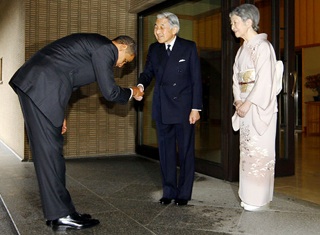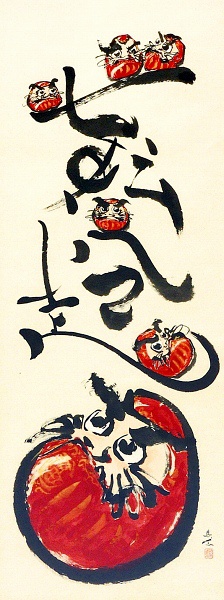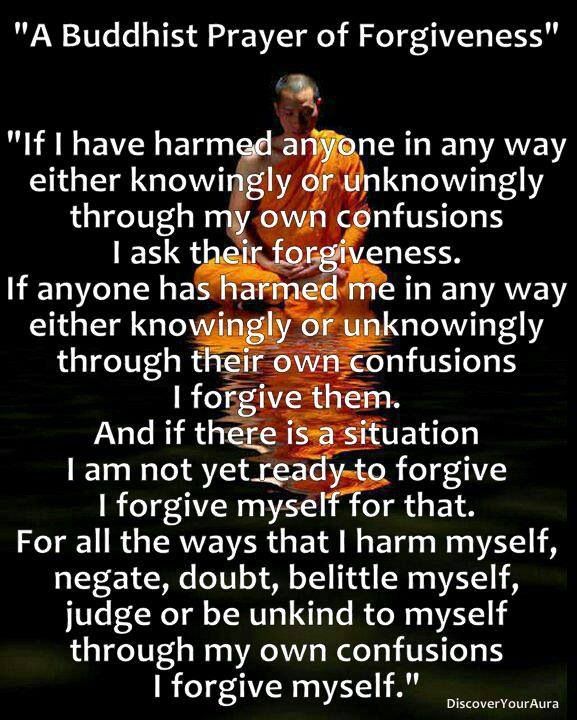I recently read an interesting article that people who talk to themselves as a means to remember can be considered geniuses. Here is an excerpt from that article:
Psychologist-researcher Gary Lupyan conducted an experiment where 20 volunteers were shown objects, in a supermarket, and were asked to remember them. Half of them were told to repeat the objects, for example, banana, and the other half remained silent. In the end, the result shown that self-directed speech aided people to find the objects faster, by 50 to 100 milliseconds, compared to the silent ones.
“I’ll often mutter to myself when searching for something in the refrigerator or the supermarket shelves,” said Gary Lupyan. This personal experience actually made him conduct this experiment. Lupyan, together with another psychologist, Daniel Swigley, came up with the outcomes that those to talk to oneself are geniuses.
I guess from this assertion, people who study the martial arts are geniuses. A good teacher does their best to not overwhelm the student with a lot of talking. They demonstrate the technique and give easy one to two word teaching cues for each step of the technique. Easy one or two word cues enable the student to follow the steps along in their heads while they say the steps silently to themselves. This is the way I teach and is the same way my teacher taught.
An easy way to be successful is for the student to follow the steps the way the teacher lays them out. The first step is follow their cuing by saying them in your head. The second is to do them but this may take some time. There is a saying, "Each movement begins with a thought." One might not be able to do the movement right away, but at least they will know the right steps. From this rationale sooner or later the thought will become right action.
So genius, go right ahead and say the steps in your head - you're in good company.
If you want to read the full article visit www.lifehack.org/334241/why-people-who-talk-themselves-are-geniuses-according-scientists
I would also suggest applying their suggestions to learning Aikido as well.










